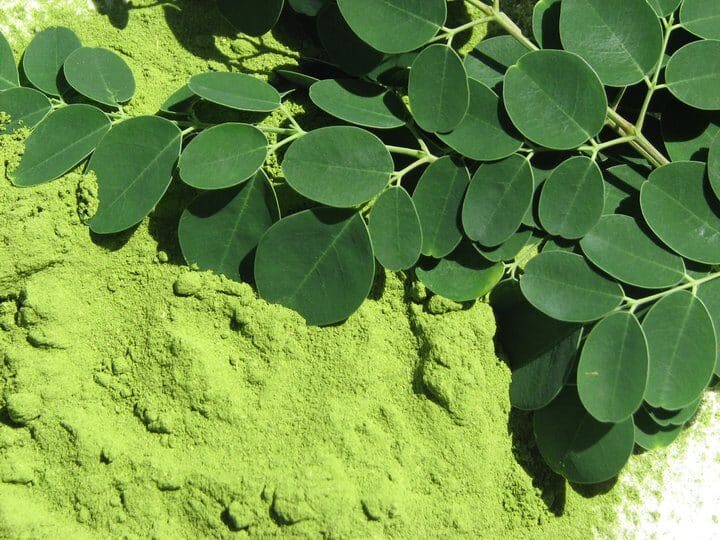01 Sep Learn About… Sorrel
"Learn About..." is a recurring post where we'll look at lesser known herbs, greens, etc., and discuss their origin, health benefits, and everything in between!



You’ve seen these little greens—formally known as microgreens—stylishly topping your meal as garnishes or dressed in vinaigrette as a salad. But what exactly are microgreens, other than the obvious fact that they are very small in size? Here is what you need to know about...






